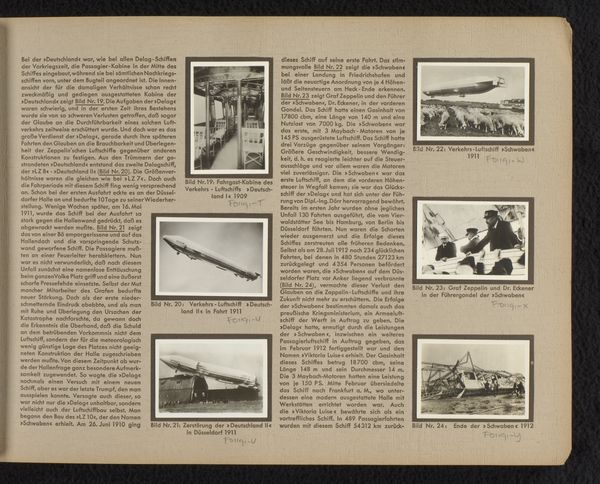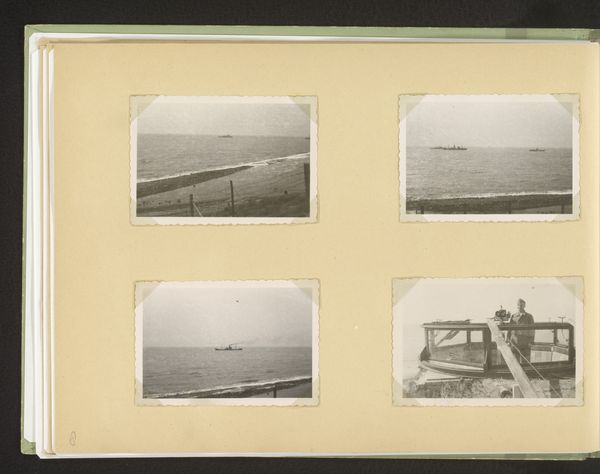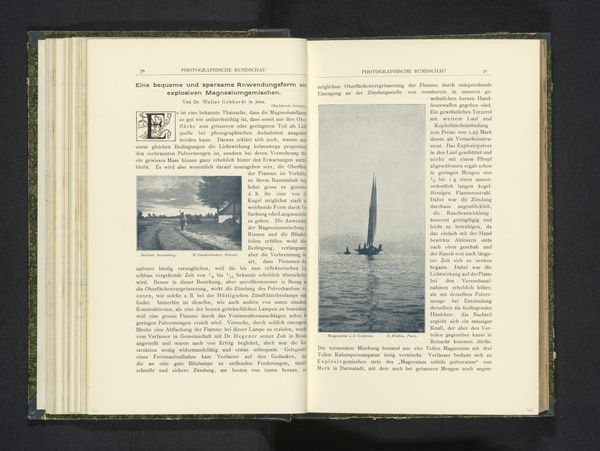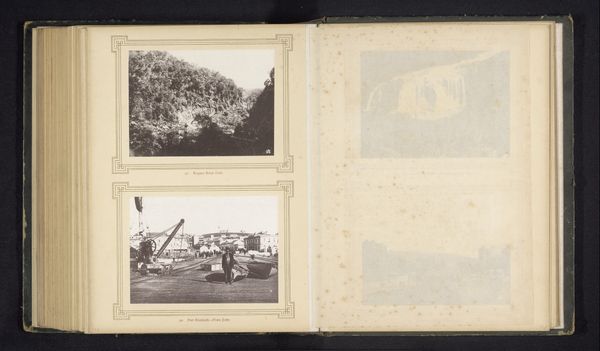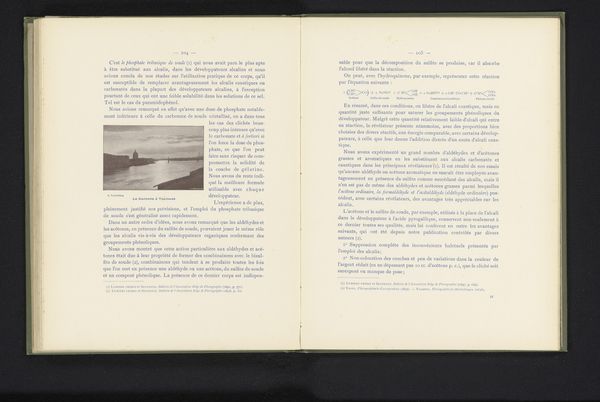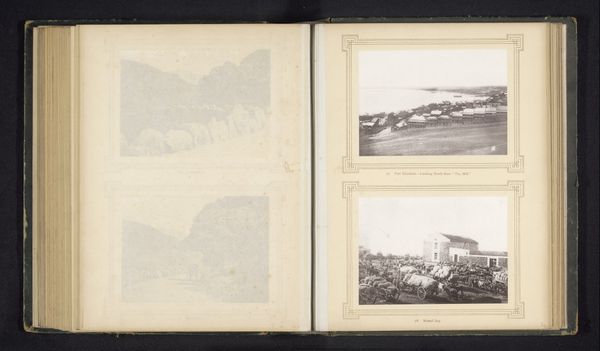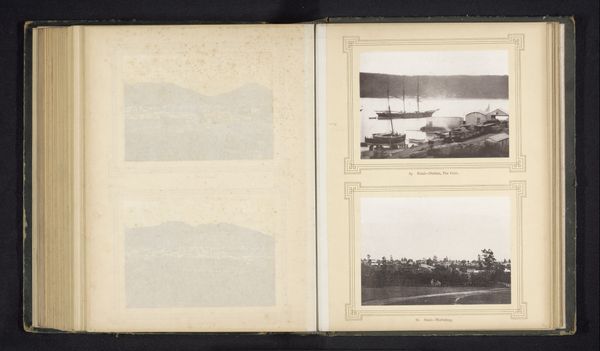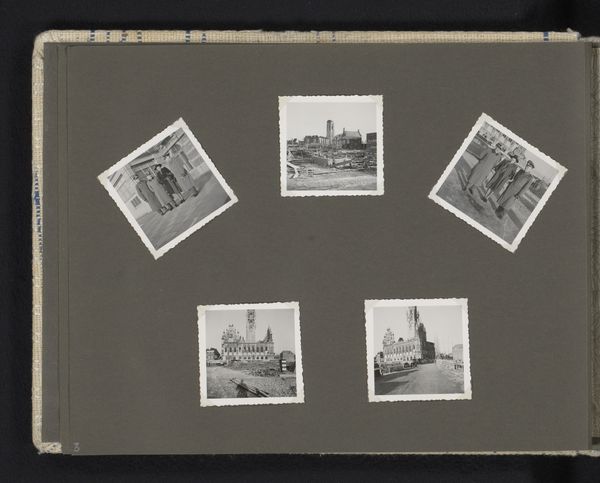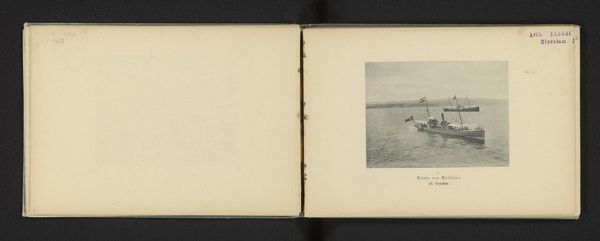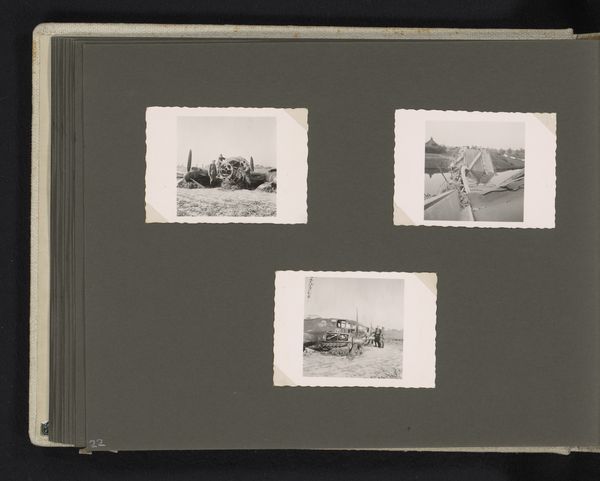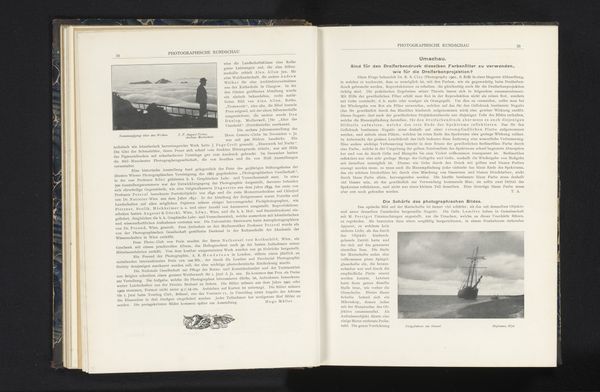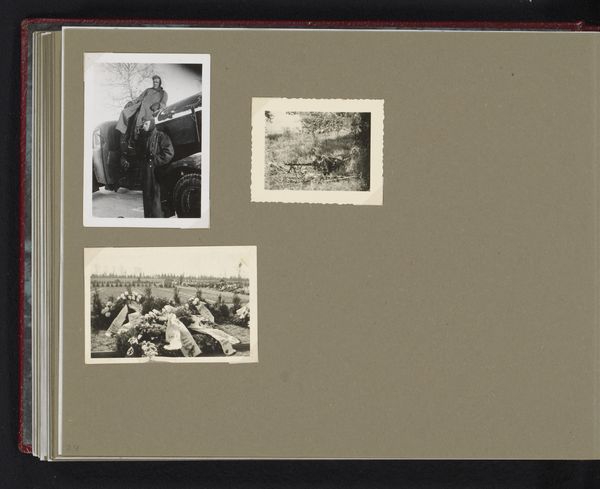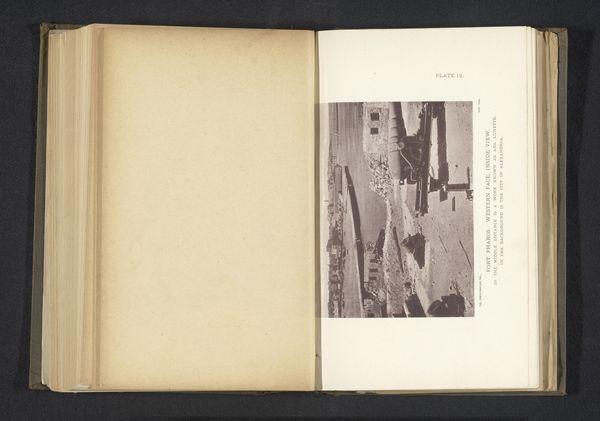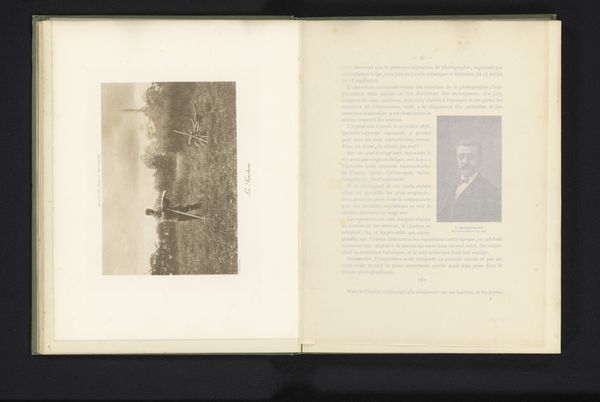
collage, print, photography
#
aged paper
#
collage
# print
#
landscape
#
photography
Dimensions: height 240 mm, width 316 mm
Copyright: Rijks Museum: Open Domain
Editor: Well, what do we have here? This seems to be a photographic collage depicting Zeppelins during the First World War, dating approximately to 1917-1918. It certainly has the look of aged paper. My immediate impression is of technical ambition undermined by the grim realities of war—an almost mournful feel. Curator: It's fascinating how the piece presents multiple photographs on a single page, creating a visual field that's both informative and evocative. Observe how the collage is constructed—photographs juxtaposed with text create layered information for the viewer. Semiotically, we're dealing with a sophisticated method of communicating technological prowess alongside implicit vulnerability. Editor: True, the collage certainly uses juxtaposition. However, for me, it underscores the sheer labor involved in constructing these machines. Looking closely, you see the fingerprints of the production process: glue marks, the texture of the paper itself, and the contrast between the sleek zeppelins and the mundane reality of photographic reproduction. The medium of collage is essential— highlighting the human touch involved. Curator: That’s interesting. I see how your analysis grounds itself in materiality, yet the formal composition draws the eye upward, mirroring the ascent of the Zeppelins themselves. Consider the deliberate arrangement—the eye is led through a visual hierarchy reinforcing the technological sublime. Editor: A "technological sublime," perhaps. Yet what I notice are the signs of strain. See how the aged paper adds an unintentional layer to the historical narrative? These aren't just emblems of innovation; they're also representations of wartime scarcity and industrial effort. This challenges any reading centered solely on triumphant innovation. Curator: I agree to a point. Nevertheless, let's not overlook how this artwork—as a constructed image—shapes perception. The arrangement isn't arbitrary. Each element contributes to a specific ideological framing that warrants examination through careful, structured analysis. Editor: It’s all about material reality speaking for itself; a collision of images of technological hubris and unavoidable degradation, really. The zeppelin descending! What else? These things fall apart and crumble; all war machines do! This historical documentation captures it! Curator: Yes, but by attending to both material and structure, a clearer and more cohesive meaning emerges.
Comments
No comments
Be the first to comment and join the conversation on the ultimate creative platform.
